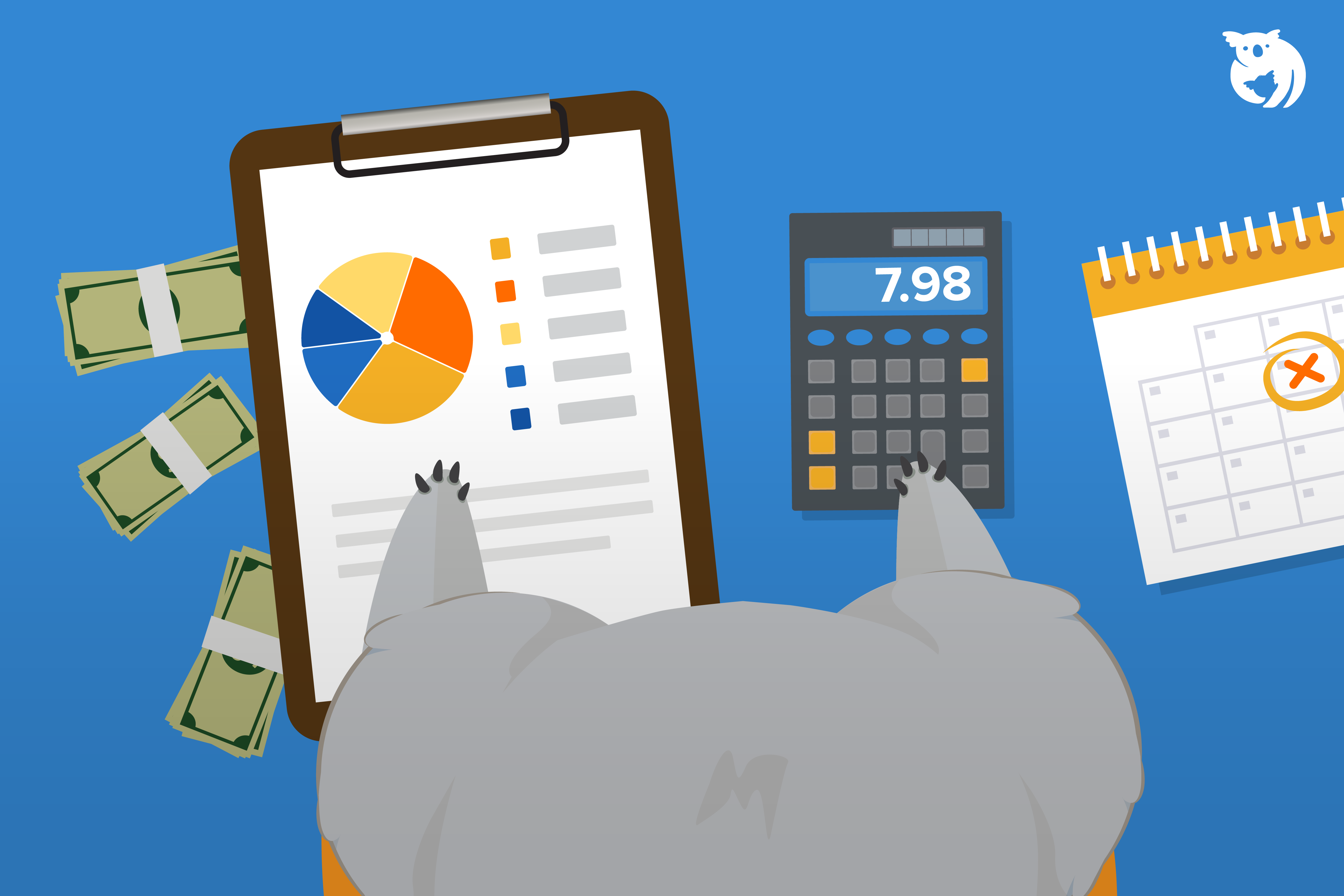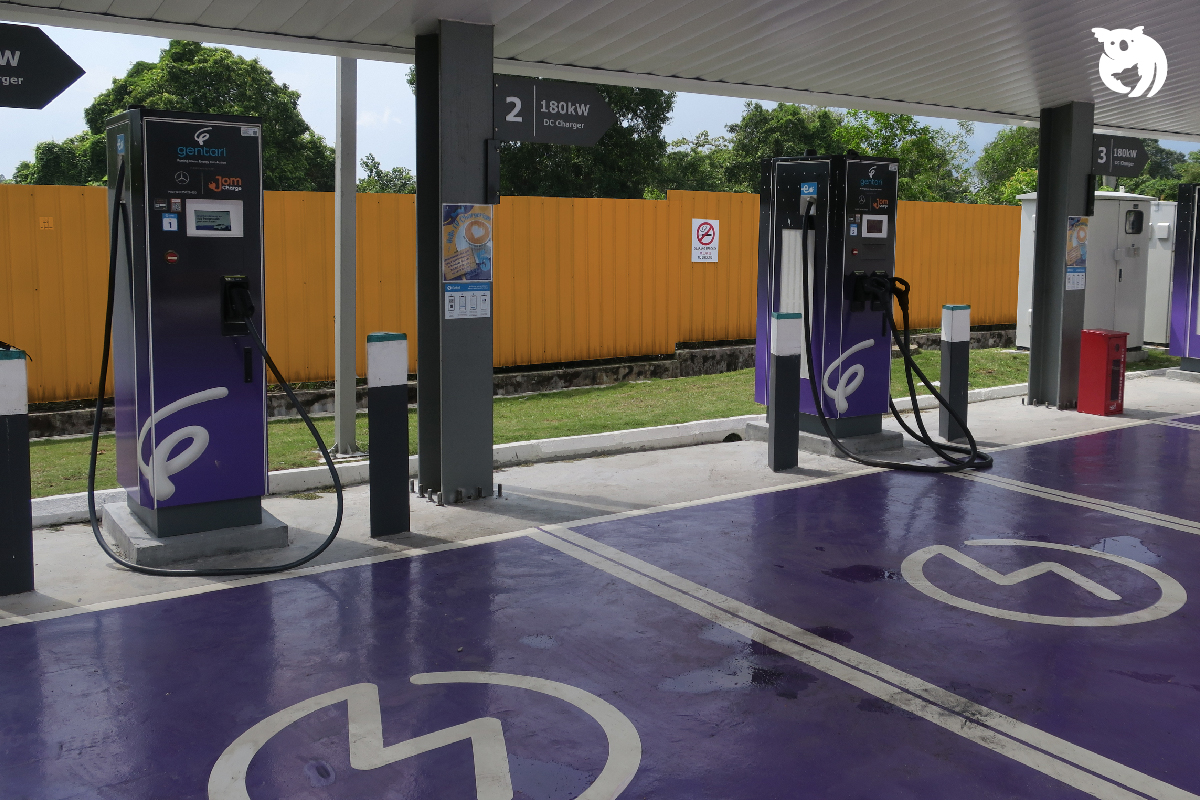As you may already know, eligible Muslims are required to pay two types of zakat, namely zakat fitrah and zakat on wealth. Zakat fitrah is paid during the month of Ramadan, while zakat on wealth can be paid at any time, although it is recommended to be paid during Ramadan and at the end of the year in December to qualify for current year tax exemption. This article will focus on explaining zakat on wealth, including the zakat rate, types of zakat on wealth such as zakat on shares, zakat on business, and the calculation methods for zakat on wealth.
What is Zakat Harta and Who Needs to Pay 9 Types of Zakat Harta?
What does zakat on wealth mean? In general, zakat is the fourth pillar of Islam and aims to purify wealth by giving a portion of it to those in need. Zakat on wealth encompasses income, agricultural produce, livestock, business assets, savings, gold, and silver. Each type of zakat on wealth has its own calculation or estimation of the assets subject to zakat. The types of assets included in zakat on wealth are as follows:
1. Zakat on Income
Zakat on income or zakat pendapatan is a type of zakat imposed on the annual income of Muslims who have been employed for more than a year and meet the minimum annual income requirement. Eligible Muslim individuals are required to contribute 2.5 percent of their income as zakat. This income includes all types of wages and payments obtained from their work, such as salary, royalties, commissions, rental income, bonuses, and so on.
Calculation Method for Zakat on Income
You can refer to the calculation method for zakat on income from this article on calculating zakat on income.
2. Zakat on Savings
Your savings also fall under zakat on wealth. This zakat is imposed on the total amount of savings kept in savings accounts, fixed deposit accounts, current accounts, ASB accounts, and other forms of savings in banks or any financial institution.
Calculation Method for Zakat on Savings
There are two situations that affect the calculation method for zakat on savings, namely savings in a single account or savings in multiple accounts. The following are the calculation methods for both forms of savings:
Savings in a Single Account
Here is an example of the calculation method for savings in a single account:
| Deposit Date | Withdrawal Date | Amount (RM) | Balance (RM) |
| 1/1/2022 | RM120,000 | RM120,000 | |
| 4/3/2022 | (- RM10,000) | RM110,000 | |
| 6/7/2022 | (- RM30,000) | RM80,000 | |
| 8/8/2022 | RM15,000 | RM95,000 | |
| 31/12/2022 | (- RM3,000) | RM92,000 |
As you can see from the example above, the total amount in the table is RM92,000. This amount exceeds the nisab threshold and completes a full year based on the calculation period from 1st January 2022 to 31st December 2022. Therefore, the zakat on savings that needs to be paid is as follows:
Final Balance (One Year) x 2.5 percent
RM92,000 x 2.5 percent =
RM2,300
Savings in Multiple Accounts
If you have multiple savings accounts, whether in banks or other financial institutions, you need to sum up the final balances of all the accounts. The zakat rate is based on the total final balance that equals or exceeds the nisab threshold. Here is an example of the calculation method for savings in multiple accounts:
| Savings Book | Final Balance (RM) |
| Account A | RM7,000 |
| Account B | RM3,000 |
| Account C | RM10,000 |
| Total Final Balance (A+B+C) | RM20,000 |
Total Final Balance x 2.5 percent
RM20,000 x 2.5 percent =
RM500.00
3. Zakat on Shares
The third type of zakat on wealth is zakat on shares. For your information, zakat on shares is imposed on equity holdings acquired through the capital market, such as stocks, mutual funds, ETFs, REITs, index funds, bonds, sukuk, derivatives, as well as on private companies and cooperatives.
Calculation Method for Zakat on Shares
The calculation method for zakat on shares is divided into two groups: shares held for more than a year and shares bought and sold within a period of less than a year. Here is an example of the calculation method for zakat on shares:
Shares Bought and Sold within a Year
| Shares | Amount (RM) |
| Current Value of Shares | RM85,000 |
| Current Balance in Trust Account | RM4,000 |
| (-) Related Costs | (-) RM400 |
| Final Balance | RM88,600 |
Final Balance x 2.5 percent
RM88,600 x 2.5 percent
= RM2,215.00
Shares Held for More Than a Year to Generate Dividend Income
| Shares | Amount (RM) |
| Current Value of Shares | RM130,000 |
| Current Balance in Trust Account | RM4,000 |
| Dividends | RM1,500 |
| (-) Related Costs | (-) RM400 |
| Total Amount | RM135,100 |
Final Balance x 2.5 percent
RM135,100 x 2.5 percent
= RM3,377.50

4. Zakat on EPF (Employees Provident Fund)
The next type of zakat on wealth is zakat on EPF. As you may already know, EPF withdrawal can be made when you reach the minimum retirement age or based on the application of the account holder according to the conditions under various EPF Withdrawal Schemes. When EPF funds are withdrawn, you need to pay zakat on EPF without waiting for a full year of haul.
Calculation Method for Zakat on EPF
Calculating zakat on EPF is straightforward. Here is the calculation method for zakat on EPF for your reference:
Amount of EPF Withdrawn x 2.5 percent = Zakat Amount
RM50,000 x 2.5 percent = RM1,250
5. Zakat on Business
Zakat on business is a type of zakat on wealth that is obligatory for Muslim traders. The zakat is levied on the business profits and is applicable to all forms of businesses, including sole proprietorships, partnerships, companies, cooperatives, stock trading, and others.
Calculation Method for Zakat on Business
Fundamentally, the calculation method for zakat on business is carried out through three different methods depending on the type of business. Here are the three methods for your guidance:
Working Capital
[Current Assets – Current Liabilities] x Muslim Shareholder Ownership Percentage x 2.5 percent
This method is commonly used by companies such as Berhad, Sdn. Bhd., cooperatives, enterprises, trading, and others where there is a classification of current assets and current liabilities.
Expanding Capital
[Owner’s Equity + Long-Term Liabilities – Fixed Assets – Semi-Fixed Assets] x Muslim Shareholder Ownership Percentage x 2.5 percent
This method is suitable for financial institutions, Islamic banks, takaful companies, and public limited companies where there is no classification of current assets and current liabilities.
Profit and Loss
(Revenue/Sales/Earnings – Expenses/Costs Incurred) x 2.5 percent
This calculation is suitable for businesses that do not have financial accounts or statements, such as small and retail traders. Examples include farmers’ markets, night markets, restaurants, and other related businesses.
6. Zakat on Gold
In Islam, gold is considered a symbol of wealth and has the potential to increase in value. Due to its significance as a measure of wealth, zakat is obligatory on gold.
Calculation Method for Zakat on Gold
Generally, there are two types of calculations for zakat on gold, and each calculation is different depending on the following situations:
Gold Jewelry (Worn)
Here is an example calculation for gold jewelry that is worn:
Weight of Gold (If it exceeds the Uruf value) x Current Gold Price x 2.5 percent Zakat Rate
900 gram x RM165.68 (contoh) x 2.5 peratus
= RM3,727.80
Gold Jewelry (Worn)
Here is an example calculation for gold jewelry that is worn:
Weight of Gold (If it exceeds the Uruf value) x Current Gold Price x 2.5 percent Zakat Rate
200 grams x RM165.68 (example) x 2.5 percent
= RM828.40
7. Zakat on Silver
Zakat on silver is calculated based on the silver metal owned, whether in the form of bars, coins, currency, utensils, jewelry, or silver items. The nisab for zakat on silver is 200 dirhams or equivalent to 595 grams of silver.
Calculation Method for Zakat on Silver
Unlike zakat on gold, which has different calculation methods for different situations, zakat on silver is calculated based on only one method, regardless of whether the silver is used as jewelry, saved, or pledged. Zakat on silver is calculated based on the current price of the silver metal owned.
Weight of Silver x Silver Price x 2.5 percent
1000 grams x RM1.97 (example) x 2.5 percent
= RM49.25

8. Zakat on Agriculture
Zakat on agriculture refers to the yield of grain crops that serve as staple food, such as rice, dates, corn, and wheat. The nisab for zakat on agriculture is “enough” or surpassing the measure of five Wasq, which is equivalent to 363 Malaysian gantang or 907 kg.
Crops that do not fall into the category of staple food, such as coconuts, rubber, black pepper, palm oil, and others, are not subject to zakat on agriculture. Instead, zakat on business would be applicable if the yield from those crops is traded.
Calculation Method for Zakat on Agriculture
The zakat rate for agriculture is calculated differently depending on the method of irrigation or cultivation.
Method 1
If irrigation, cultivation, or watering is done by human labor, livestock, or modern technology, the zakat rate for agriculture is five percent or 1/20.
Method 2
If irrigation, cultivation, or watering is done through natural means such as river flow, canals, or rainfall, the zakat rate for agriculture is 10 percent or 1/10. If both methods are used, the zakat rate for agriculture is 7.5 percent.
9. Zakat on Livestock
Zakat on livestock is applicable to animals raised for livestock purposes such as cows, buffaloes, goats, sheep, and camels. Livestock animals are subject to zakat provided that they are being raised and yield income through the sale of live animals or from the sale of meat or milk. However, animals used for work purposes such as plowing fields or carrying goods are not subject to zakat on livestock.
Calculation Method for Zakat on Livestock
The zakat rate for livestock depends on the type of animal, gender, and the number of animals.
In summary, it is your obligation to fulfill the duty of paying different types of zakat on wealth if you meet the established criteria. Furthermore, if you are currently seeking the best car insurance, motorcycle insurance, or home insurance, you can visit the Qoala website for more details. Qoala provides a convenient, transparent, and prompt platform for purchasing insurance, offering competitive and reasonable prices.

 EN
EN
 MY
MY








